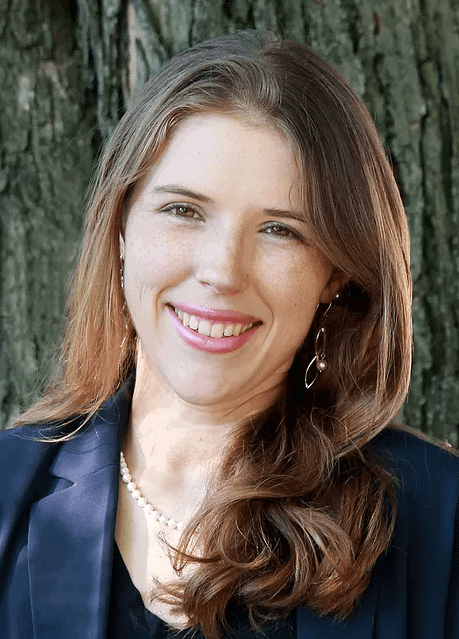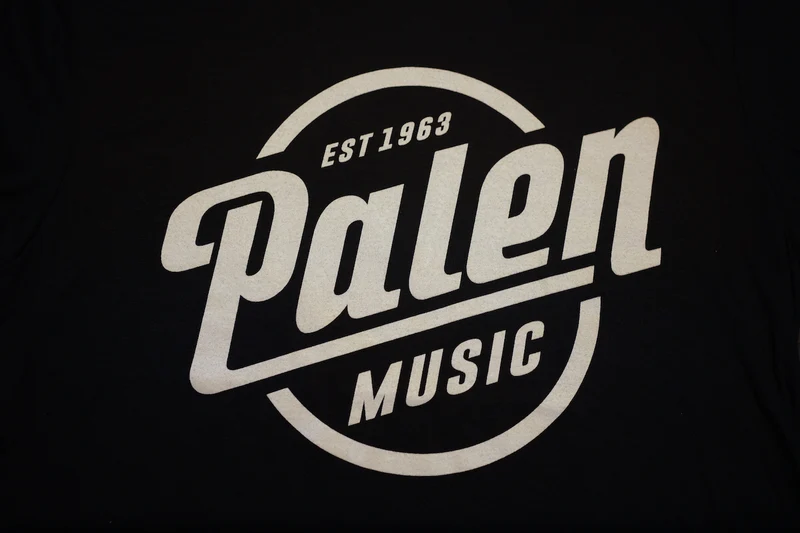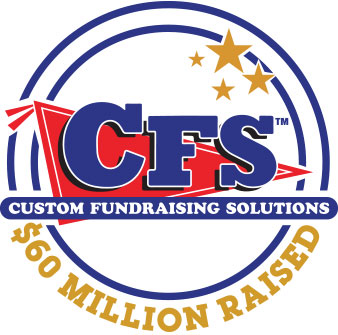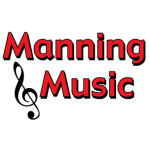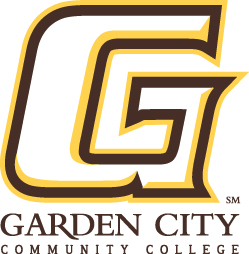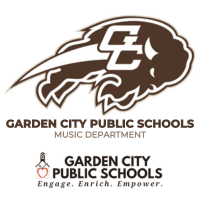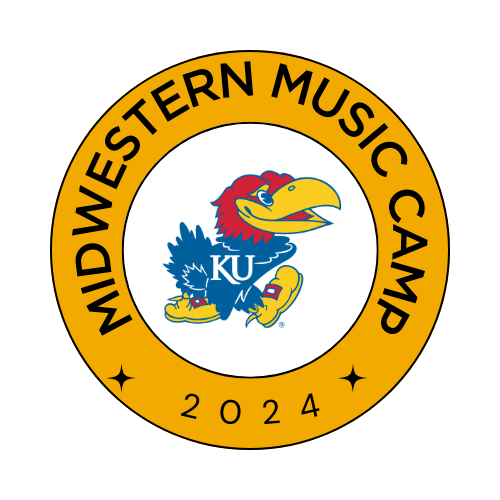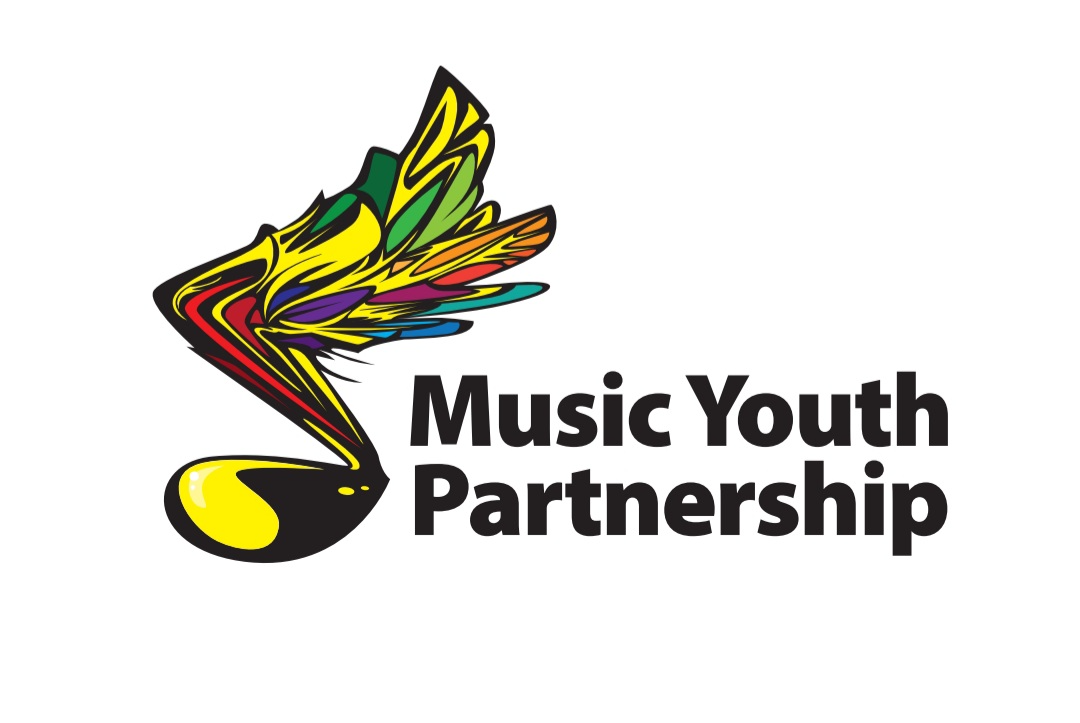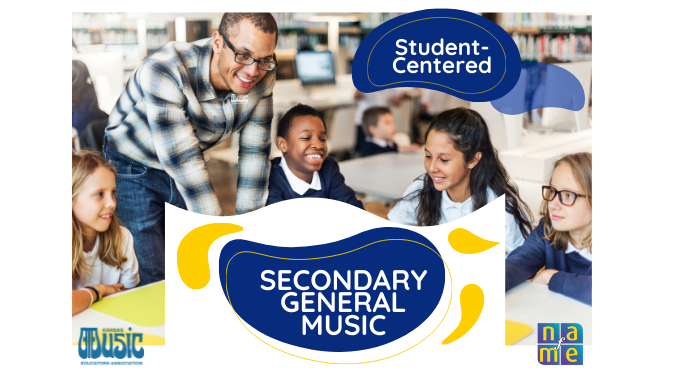
By NAfME Member Rachael Sanguinetti
Reprinted with permission from NAfME’s Music in a Minuet Blog
Rachael Sanguinetti presented on “Creating a Student-Centered Secondary General Classroom” during the NAfME 2021 PreK–12 Learning Collaborative in February 2021.
Essential Question:
How do we create student-centered classroom environments and provide student-centered instruction in the secondary general music classroom?
Secondary general music classrooms are a great opportunity to engage middle and high school students in valuable musical learning experiences. Students at this age have defined musical values and music they enjoy; in a student-centered secondary general classroom, students have the opportunity to bring their own musical values and interests into the classroom space. The curriculum, designed by the teacher, creates space for individual interests and exploration while still maintaining a high standard of musical instruction.
What Is Student-Centered Instruction?
Student-centered instruction:
- Includes open-ended projects and learning opportunities
- Focuses on student choice and autonomy in their learning
- Includes meaningful context and provides connections to students’ lives
- Focuses on social learning experiences
- Engages students in a variety of ways
- Includes active exploration and problem-solving
Student-centered learning contrasts with the traditional teacher-centered approach. The teacher-centered approach has the teacher as the only source of information or knowledge. Based on the tradition of the singing schools of the early 20th-century, teacher-centered instruction includes a teacher leading all learning activities and providing very little space for students’ musical interests. All instruction is teacher-led, and the teacher chooses all topics (Williams & Kladder, 2020).
Why Student-Centered Instruction?
There are many reasons to transition to a student-centered instruction model. Student-centered classroom models often include the following elements:
Positive Classroom Environment
The classroom can be a place where…
- Risk-taking is encouraged.
- Making mistakes is ok.
- Students explore new ideas.
- Students practice critical thinking skills.
Inclusivity
The classroom can be a place where…
- All ideas are valued.
- Students are valued as knowledgeable beings.
- Students question the final outcome, product, or project and collaborate with teachers to create ways to demonstrate their understanding.
- Peer and social learning occurs & students can learn from each other instead of just the teacher.
- Students have the opportunity to connect over shared musical interests and experiences or explore the musical interests of others that are different from their own.
- All cultural backgrounds are affirmed. By providing space for students to include their own ideas and music in learning, students can include music from their own cultures that is relevant and meaningful to them.
Flexibility
The classroom can be a place where…
- The Teacher is a facilitator. The teacher is the “guide on the side” as learning occurs.
- Students still receive organization and support from the teacher to fulfill their projects, but organizational tools are created with student input and designed to assist students in reaching their goals.
- Boundaries are set around classroom expectations. These boundaries and expectations are created in collaboration with students early in the course and maintained throughout.
(Brown, 2008; Williams & Kladder, 2020)
How Can Teachers Apply Techniques to the Classroom?
Here is a project idea I used in my own classroom last year. This project provided students space for exploration and choice while meeting the learning objectives of my course and the National Standards.
Student Podcast
Learning Objectives:
- Students will be able to select music based on their interests and musical understandings.
- Students will understand how the music they chose fits into a larger view of the world.
- Students will create a podcast episode based on their own musical interests.
Project:
First, students are asked to share podcasts that they enjoy with others in the class.
Students then explore music-specific podcasts of their choosing. The teacher supports students in finding music-specific podcasts that are appropriate for school and in-line with their interests. Students report back to the class about what they learned while listening and how this podcast might influence their own podcast.
Students create a podcast episode as a group. They decide the theme and the music that will be presented. Students research the context of the piece as it relates to the larger world and write a script for their podcast episode. Students in the class all write intro music for their podcast and vote on their favorite. This intro will be used for all of the podcast episodes to unify the podcast. Students share their podcasts with others in the class and with their larger school community.
More details about the podcast project can be found here.
Video Game Music is another student-centered project I’ve done with students. You can find details about it here.
Resources:
Bazzy, Z. (2020). The elementary music classroom. In D. A. Williams & J. R. Kladder (Eds.), The Learner-centered music classroom (pp. 19-38). Routledge.
Brown, J. K. (2008). Student-centered instruction: Involving students in their own education. Music Educators Journal, 94(5), 30-35.
Fung, A. W. (2018). Equity in Music Education: Establish Safer Learning Environments Using Student-Centered Music Activities. Music Educators Journal, 105(1), 57–60.
Williams, D. A. & Kladder, J. R. (Eds.). (2020). The Learner-centered music classroom: Models and possibilities. Routledge.
About the author:
NAfME member Rachael Sanguinetti is a passionate educator and performer from Rochester, New York. She earned her bachelor’s degree at the Eastman School of Music in 2015 where she majored in Music Education with a Vocal Emphasis and Musical Arts with a thesis focused on arts journalism. She also minored in Social Psychology and completed an Arts Leadership Certificate. Rachael then went on to earn a master’s degree at Ithaca College in 2018 with a focus in secondary general education and popular music education. Rachael is currently pursuing a PhD in Music Education at the Eastman School of Music with a focus in secondary general music, popular music, and student-centered instruction. She has presented at conferences across the United States and has completed several research studies on the subject of popular music education.
Rachael is a member of the music faculty and the Dean of Middle School Students at Allendale Columbia School in Pittsford, New York. She was recently named the David M. Pychon Chair for the Arts, an award recognizing top arts educators. At Allendale Columbia, she teaches chorus for grades 4-8, general music for grades 6-8, voice lessons, and music elective courses including Ukulele, Songwriting, Voice Class, Music in Movies and Video Games, and, her personal favorite, Modern Band. She loves working with students of all ages to pursue their own musical interests, to find their passions, and to make music with others.
Visit her website. Follow her on Instagram @mssangteachesmusic, on Twitter @RachaelSang, and on LinkedIn.

